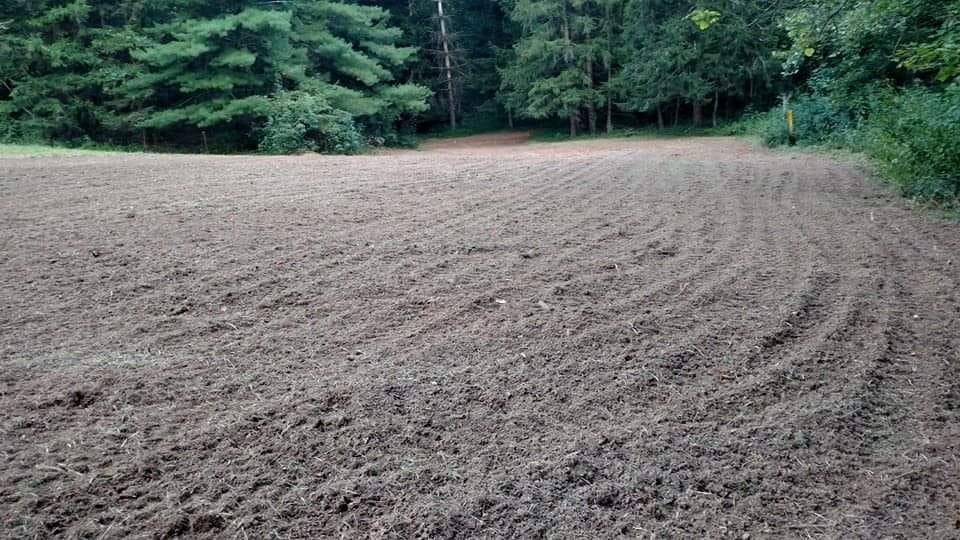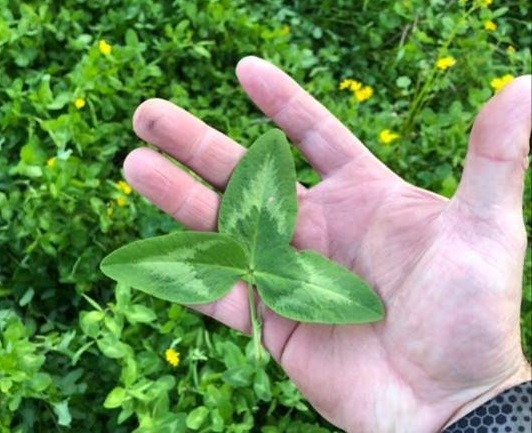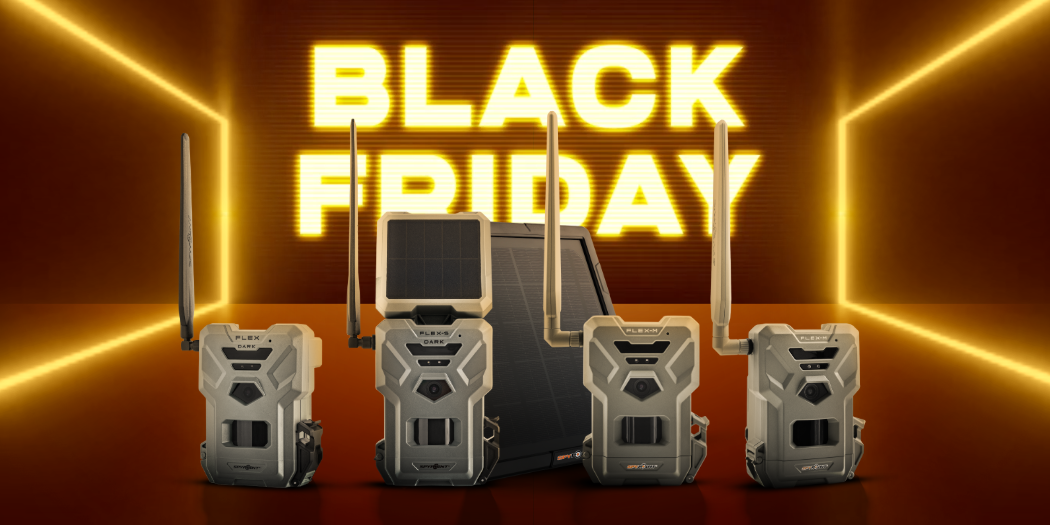
There’s no one perfect answer for what the best food plot is, but there are some major considerations that can help narrow down what the best option is for your application.
What are your food plot limitations?
The first thing you need to decide is what kind of food plot plan you can manage. We all have dreams of acres of dedicated ag and seasonal rotations, but that isn’t reality for many of us. The major limiting factors for most will be space and equipment. Putting in food plots of any size requires equipment, from shovels and rakes to full-size commercial agriculture equipment. Not to mention that you can’t put a food plot on land you don’t have.

Deciding what limitations you are dealing with is going to help you narrow down your food plot options quickly so you can focus on developing realistic goals. The less space and equipment you have the more you will need to focus on no-till options and things like clover. If you have more space, and access to equipment, you have more options to do multiple food sources and incorporate traditional agriculture options like soybeans or corn.
What is the purpose of your food plot?
A destination plot that you want to be able to hunt over is going to be different from a plot used to provide resources to the entire deer herd. You may be able to do a couple food plots, and maybe they have different purposes, but you still need to identify exactly what the purpose is before you can make the determination of what food plot crop will do best there.
Clearly you aren’t going to broadcast soybeans in a small hunt plot in the middle of the woods. By the same token, five acres of brassicas likely aren’t a wise choice either. Determine the purpose, then determine the crop.
How much time can you dedicate to food plot management?
This isn’t just about this year, how much time every year can you commit to food plots? Annual plots like agricultural commercial crops take more time to prep, fertilize, and maintain every year than does a perennial plot like clover that can be planted once, and then left alone for a couple years. Even the occasional fertilizer or overseed of a clover plot isn’t as labor, cost, or time intensive as annual crops.

Time is money, but so are inputs. If you have the time and resources to pour into annual plots, they are a great option, but they are more demanding in every way possible. It’s better to acknowledge that fact now, and make the right choice up front, than have a year or two of mediocre plot performance because you couldn’t give it the time or assets that it needed to be a success.
In the end, food plots are something to get excited about. Far too much of hunting is reactive. At the end of the day we are mostly left to make the best of the cards we are dealt. Food plots are something that let us feel proactive about the prospect of a better hunting season. Often when that happens, we get so caught up in the idea of doing ANYTHING, that we don’t focus on doing the RIGHT thing.
Slow down, take a serious look at the limitation that you have when it comes to food plots, and make the best decision you can, based on the realistic options that are left after you decide what it is you can’t do.



